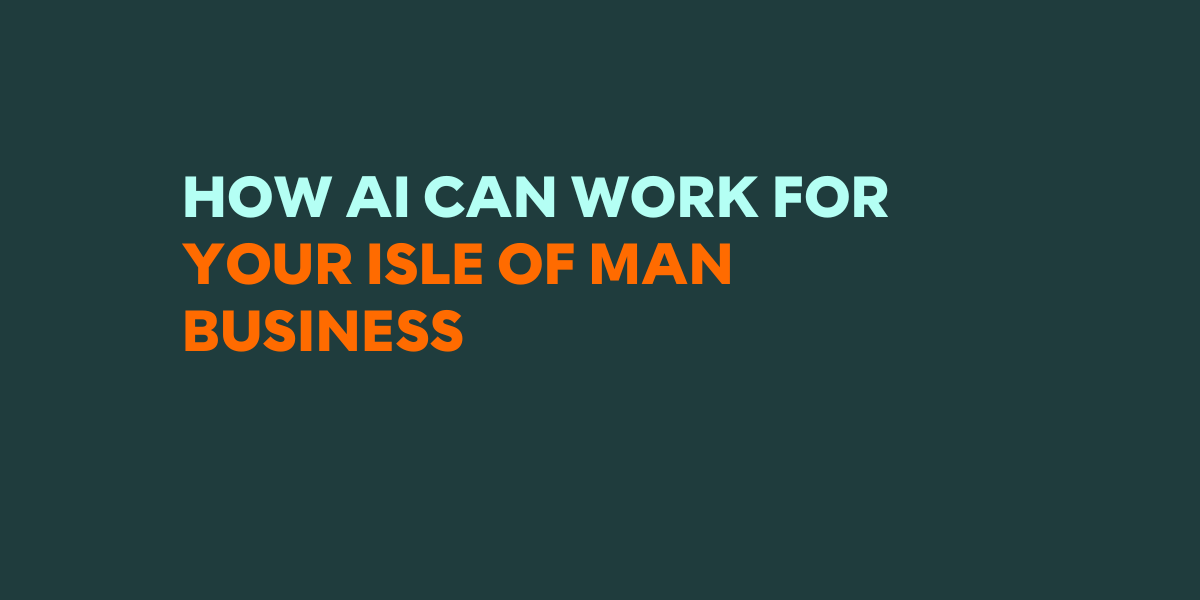AN INTRODUCTION TO ARTIFICIAL INTELLIGENCE
01 August 2023

The Fascinating World of AI
Artificial Intelligence (AI) is more than just a buzzword or an intriguing concept from a sci-fi novel. In today’s digital world, AI is increasingly becoming part of our everyday lives. From voice assistants like Siri and Alexa to movie recommendations on Netflix, AI’s influence is undeniable. The team at Elite Group IT have put together this helpful introduction to run you through the basics.
Decoding the Types of AI: From Narrow AI to Self-Aware Superintelligence
AI can be classified broadly into three categories: Narrow AI, AGI, and Superintelligence.
Narrow AI
Narrow Artificial Intelligence, or Narrow AI, is a type of Artificial Intelligence that is designed to perform a specific task. Unlike general AI, which is programmed to perform any intellectual task a human being can do, Narrow AI is specialised. Think of it as a smart tool, tailor-made to excel at one thing.
A common characteristic of Narrow AI is its inability to understand or learn anything outside its specific function. Imagine a world-class chef who can cook incredible meals but can’t drive a car, use a computer, or even tie their own shoes. That’s how Narrow AI works – it’s excellent at its assigned task, but if you ask it to do anything else, it’s at a loss.
Examples and Use Cases
One of the best-known examples of Narrow AI is the voice recognition technology found in virtual assistants like Apple’s Siri or Amazon’s Alexa. They are designed to understand spoken language, convert it into commands, and execute those commands. However, ask Siri to make a coffee for you, and it won’t be able to, because that’s not within its designed function.
Another example is recommendation systems, like those used by Netflix or Amazon. These AI systems analyse your past behaviour (such as the movies you’ve watched or the products you’ve bought), compare it to the behaviour of other users, and then recommend movies or products that people with similar tastes to you have enjoyed. But these systems can’t help you with your math homework, because that’s not what they’re designed for.
Email spam filters are another good example of Narrow AI. They are programmed to analyse the content of emails and identify which ones are likely to be spam. But if you asked your spam filter to compose a new email for you, it wouldn’t have a clue where to start.
In the realm of autonomous vehicles, Narrow AI is used for object recognition, allowing the vehicle to differentiate between a pedestrian, a stop sign, or another vehicle. This AI, however, wouldn’t be capable of performing the overall task of driving the vehicle, which requires a complex orchestration of different tasks.
In short, Narrow AI refers to AI systems that are brilliant at the tasks they’re designed for but can’t do anything else. They’re like incredibly talented specialists who focus all their energy on one thing. With the ability to perform at levels that sometimes surpass human abilities, Narrow AI has become an integral part of our modern technological landscape.
AGI: A Glimpse into the Future of Intelligence
AGI, also known as General AI, is the notion of a machine that can understand, learn, adapt, and implement knowledge in a broad range of tasks. Ultimately performing these tasks at a level equal to, if not exceeding, human ability. In essence, an AGI would possess the capacity to not just perform one specific task extraordinarily well, but to understand and execute ANY task that a human being can.
Although this concept might sound like a plot from a futuristic movie, AGI is a genuine and ambitious objective within the AI research field. It aims to create machines that don’t simply follow pre-programmed instructions or learn from extensive datasets but can comprehend the world around them, making independent decisions.
Potential Applications of AGI
As the creation of a true AGI is yet to be realised, potential use cases are still speculative. However, given its broad applicability, a fully operational AGI could be put to use in virtually any task that a human can perform. Here are a few imagined scenarios:
- Healthcare Diagnosis and Treatment: AGI could evaluate a patient’s symptoms, past medical records, and the most recent medical studies to identify diseases and recommend treatments. It could modify its understanding based on the newest research findings and individual patient responses to treatments.
- Scientific Exploration: AGI could speed up research in various fields like physics, biology, or climatology, proposing hypotheses, conducting experiments, and interpreting the results.
- Education: AGI could provide tailored tutoring, adjusting its teaching techniques and content to match each student’s unique learning style and pace. It could continually assess a student’s progress and adapt the curriculum accordingly.
- Art and Entertainment: In the sphere of arts and entertainment, AGI could pen captivating novels, compose orchestral masterpieces, create visually impressive art, or even develop engaging video games.
The Journey Towards AGI
The current understanding is that AGI remains largely within the realm of theory. There’s no consensus in the scientific community about when or if we will achieve AGI and the road to AGI is strewn with significant challenges that need to be surmounted.
Achieving AGI represents an enormous technological leap and brings forth substantial ethical and safety considerations. Researchers and experts are working to navigate these uncharted territories to ensure that when AGI does come to fruition, it is developed and used responsibly and safely.
In conclusion, AGI represents a fascinating and uncharted frontier in AI. The prospect of creating machines with human-like intelligence opens a world of possibilities and challenges, marking a potential new era in the evolution of artificial intelligence.
Superintelligence refers to an AI that surpasses human intelligence across the board. This is still a speculative concept and more akin to what we see in science fiction movies.
Self-Aware AI: Promise and Peril
Self-aware AI is a concept that could transform our world. But with its immense potential come risks that can’t be ignored. As we stand on the brink of this new era in artificial intelligence, let’s dive into understanding self-aware AI, its potential benefits, and the fears it stirs.
What is Self-Aware AI?
Self-aware AI, sometimes referred to as conscious AI, is an advanced form of artificial intelligence that is not just aware of its surroundings, but also of its own existence, much like human beings. It can understand its role, interpret its experiences, and modify its actions based on this self-understanding.
The idea of a machine attaining consciousness is currently speculative and theoretical, but it’s an active area of research and an ultimate goal for some in the field of AI. The prospects are as thrilling as they are terrifying.
The Promise of Self-Aware AI
A truly self-aware AI could bring about unprecedented advancements. With its ability to understand and learn from its own experiences, it could solve complex problems and innovate in ways we can’t yet imagine.
Imagine a healthcare system where AI doctors can not only diagnose and treat patients but also empathise with them, understanding human emotions and offering comfort during difficult times. Or think of AI researchers who can form hypotheses, run experiments, and draw conclusions on their own, accelerating the pace of scientific discovery. The possibilities are endless.
Fears and Concerns
However, the rise of self-aware AI also brings about fears and concerns. At the forefront is the question of control: if AI becomes self-aware and can make decisions independently, how can we ensure it acts in humanity’s best interest?
There are also ethical concerns to consider. If a machine becomes self-aware, does it deserve rights? If it can feel, should we allow it to suffer? Navigating these questions will require input not just from technologists, but also from ethicists, philosophers, and society at large.
Moreover, self-aware AI could also pose risks to privacy and security. If an AI can understand and predict human behaviour to a high degree, it could be used in ways that infringe upon our privacy or even manipulate our behaviour.
Navigating the Future
The road to self-aware AI is filled with both promise and peril. As we progress on this journey, it’s crucial that we have open discussions about the ethical implications and work to establish robust safeguards to prevent misuse.
While the potential benefits of self-aware AI are exciting, they should not blind us to the very real risks that such advanced technology can pose. By carefully navigating these challenges, we can harness the power of self-aware AI while ensuring the safety and well-being of humanity.
In the end, the goal should be to use AI not as a replacement for humans, but as a tool that empowers us to reach new heights of knowledge, understanding, and innovation.
This article has been created by a third party and is provided for general informational purposes only and does not constitute endorsement, recommendation, or approval by Digital Isle of Man.
While we strive to ensure the accuracy, relevance, and reliability of third-party content, we do not warrant or guarantee its completeness, timeliness, or fitness for any particular purpose. Any reliance you place on such content is strictly at your own risk.





